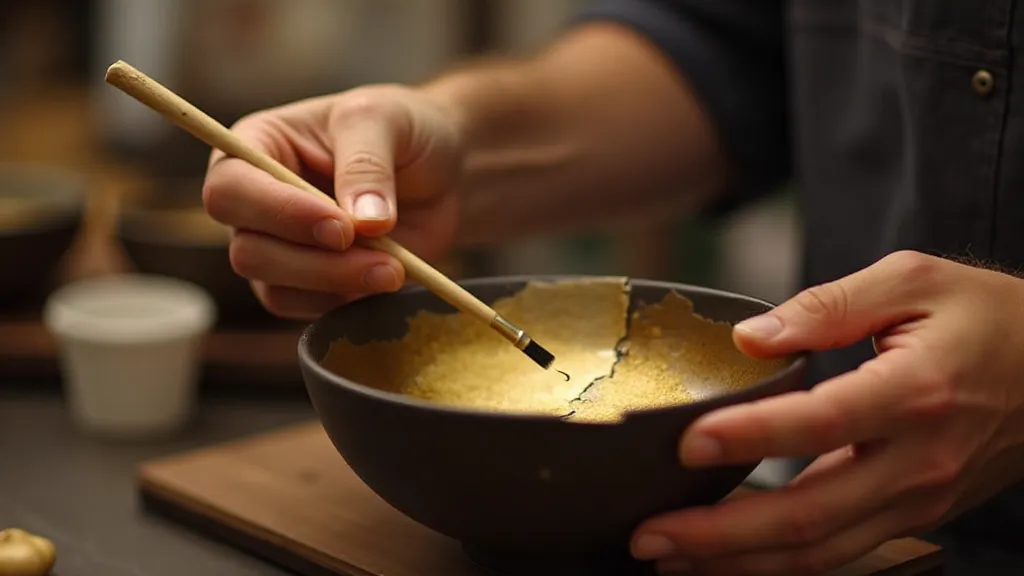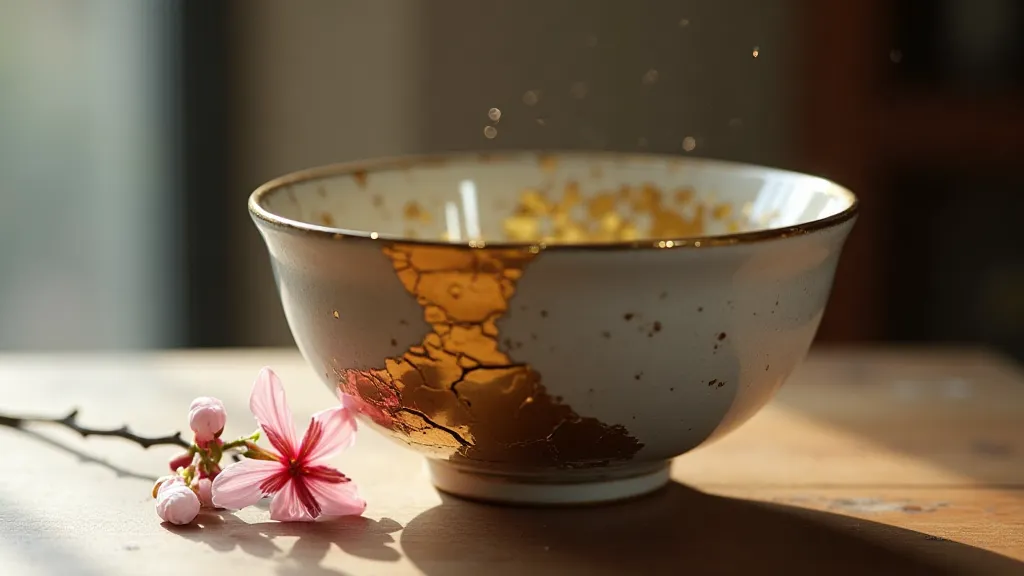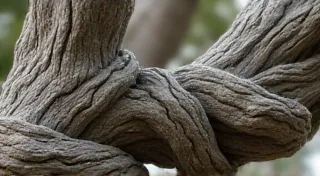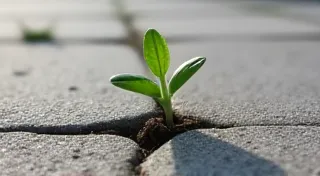Fractured Vessels, Flourishing Narratives: Kintsugi as a Metaphor for Writer's Resilience
There's a quiet melancholy that clings to antique accordions. Each button, each bellows fold, whispers of dances past, of hands long gone, of songs that echoed in crowded rooms and intimate gatherings. Many bear the marks of time: cracked wood, faded keys, perhaps even missing parts. Holding one is a tangible connection to history, a silent acknowledgment of imperfection, of an object loved and used, and ultimately, enduring despite wear and tear. This feeling of respectful acceptance of age and damage mirrors the profound beauty I find in the Japanese art of Kintsugi.

The Philosophy of Embracing Imperfection
Kintsugi, meaning "golden joinery," is far more than a simple pottery repair technique. It’s a philosophy, a practice rooted in the Japanese aesthetic principles of wabi-sabi – the acceptance of transience and imperfection. Imagine a cherished bowl, dropped and shattered. Instead of discarding it, or attempting to seamlessly conceal the damage, Kintsugi embraces the fractures. Using lacquer mixed with powdered gold, silver, or platinum, the broken pieces are meticulously reassembled, the cracks becoming glittering veins that highlight the bowl’s history. The repair isn't disguised; it's celebrated.
This approach directly contrasts with Western notions of flawlessness and restoration that often strive for invisibility. We tend to view breakage as a failure, something to be hidden or erased. But Kintsugi argues that the act of breaking, and the subsequent repair, adds value. It tells a story. The golden seams aren't blemishes; they are a testament to resilience, a map of survival.
A History Forged in Resilience
The origins of Kintsugi are often linked to the 15th century, specifically to the shogun Ashikaga Yoshimasa. Legend has it that he broke his favorite tea bowl and sent it back to China for repair. Dissatisfied with the crude methods employed, he requested that Japanese artisans develop a more beautiful and dignified approach. And so, Kintsugi was born.
The practice evolved alongside the Japanese tea ceremony, chanoyu, which itself emphasizes humility, respect, purity, and tranquility. The inherent beauty found in imperfection perfectly aligned with the ideals of the tea ceremony, reinforcing the acceptance of the inevitable passage of time and the acknowledgment of the imperfections that accompany it. It wasn’t just about fixing a bowl; it was about deepening appreciation for its journey.
Kintsugi and the Writer's Soul
As a writer, I’m intimately familiar with the feeling of a “broken” vessel. The self-doubt, the rejection slips, the agonizing hours staring at a blank page – these are the cracks that threaten to shatter the foundations of our creative spirit. There are periods when the words simply won’t come, when the story feels lost, when the belief in one’s ability dwindles to a fragile whisper.
I remember vividly the sting of a particularly harsh critique on my first novel. It felt like a direct assault on my identity, a pronouncement that my voice was worthless. For weeks, I couldn’t write a single sentence. My creative "bowl" lay shattered, seemingly beyond repair. But then, I stumbled upon an article about Kintsugi.
The analogy resonated deeply. The self-doubt, the rejection – these weren't failures to be buried. They were cracks that could be transformed into something beautiful, something stronger. They were opportunities to infuse my writing with a newfound depth and vulnerability.

The Golden Threads of Revision
Revision, for many writers, feels like a constant barrage of critique. Each comment, each suggestion, can feel like a chip away at the original vision. But just as Kintsugi embraces the fractures, revision should be viewed as an opportunity to strengthen the narrative, to reveal its underlying beauty. Each cut, each rewrite, becomes a golden thread weaving a more complex and resonant story.
It's easy to get caught up in the pursuit of perfection, to obsess over every comma and sentence structure. But true artistic strength lies in accepting the imperfections, in acknowledging the journey of creation, in allowing the scars of revision to shine through. The "golden seams" of these edits become a testament to the writer’s perseverance and growth.
Beyond Repair: A Celebration of the Story
The beauty of Kintsugi isn't just in the repaired object; it's in the recognition that the process of repair is integral to its story. The bowl isn't simply fixed; it's transformed. It becomes a unique artifact, imbued with a history that transcends its original form. The cracks tell a tale of fragility, resilience, and ultimately, triumph.
Similarly, a writer’s journey is rarely a straight line to success. It’s a winding path filled with setbacks, disappointments, and moments of profound self-doubt. But it’s in these very struggles that we find our voice, our unique perspective, our artistic strength. The ‘broken’ pieces of our creative experiences, painstakingly pieced back together, become the foundation of a story that is richer, deeper, and more profoundly human.

Finding Strength in Imperfection
So, the next time you feel your creative vessel cracking under the weight of doubt or rejection, remember the philosophy of Kintsugi. Embrace the fractures. Celebrate the visible scars. Allow the process of repair to be part of your story. Because it is in the imperfections, in the golden seams of revision and struggle, that true artistic beauty and resilience are found. The story isn’t just in the finished work; it’s in the journey of becoming.





